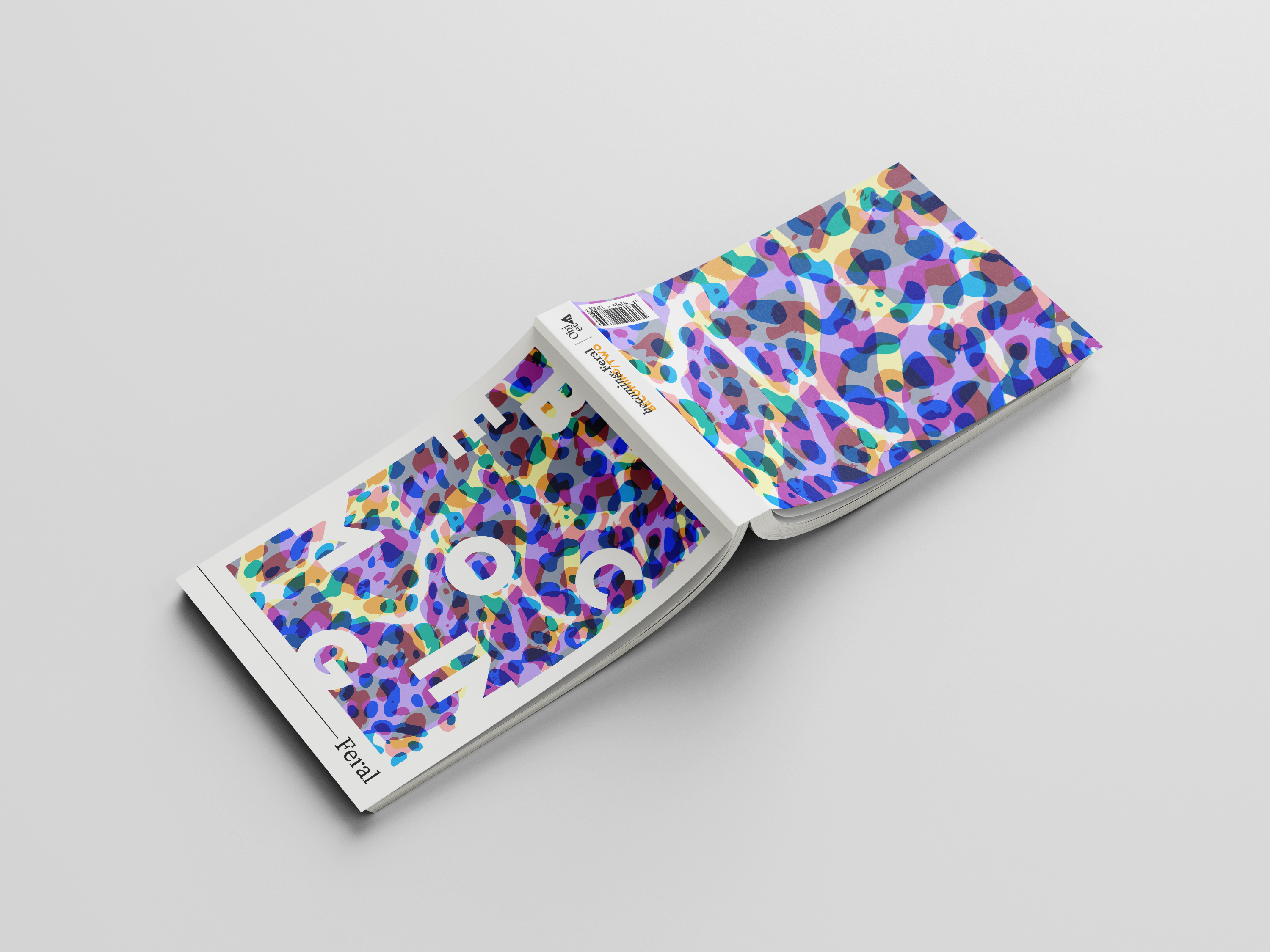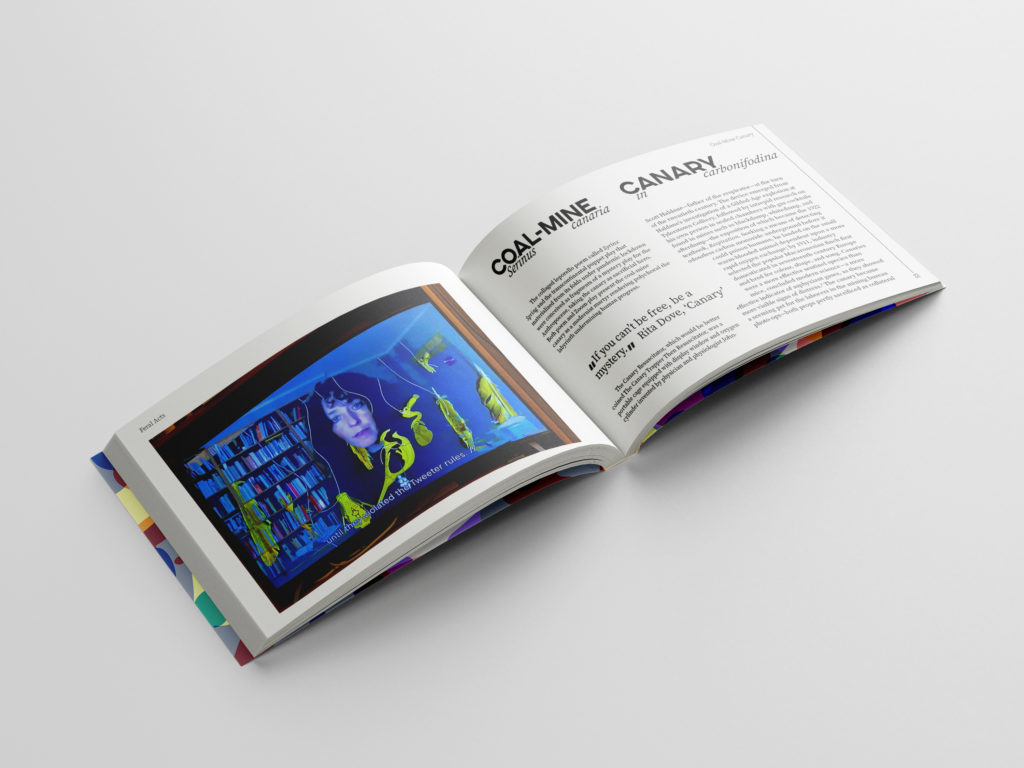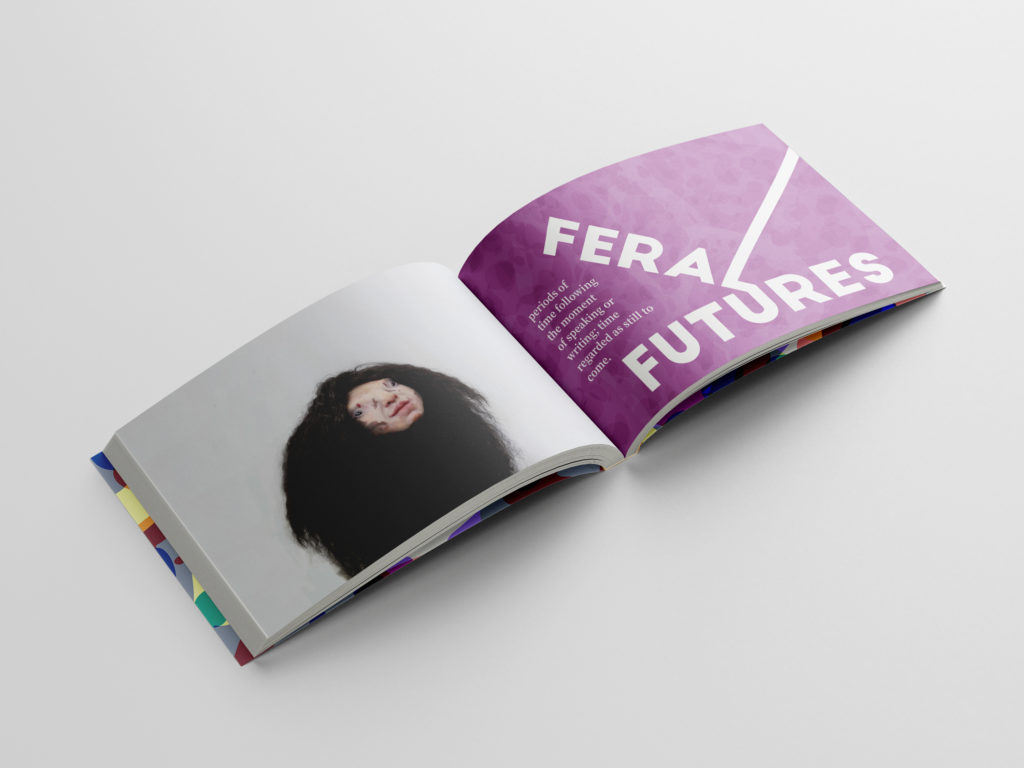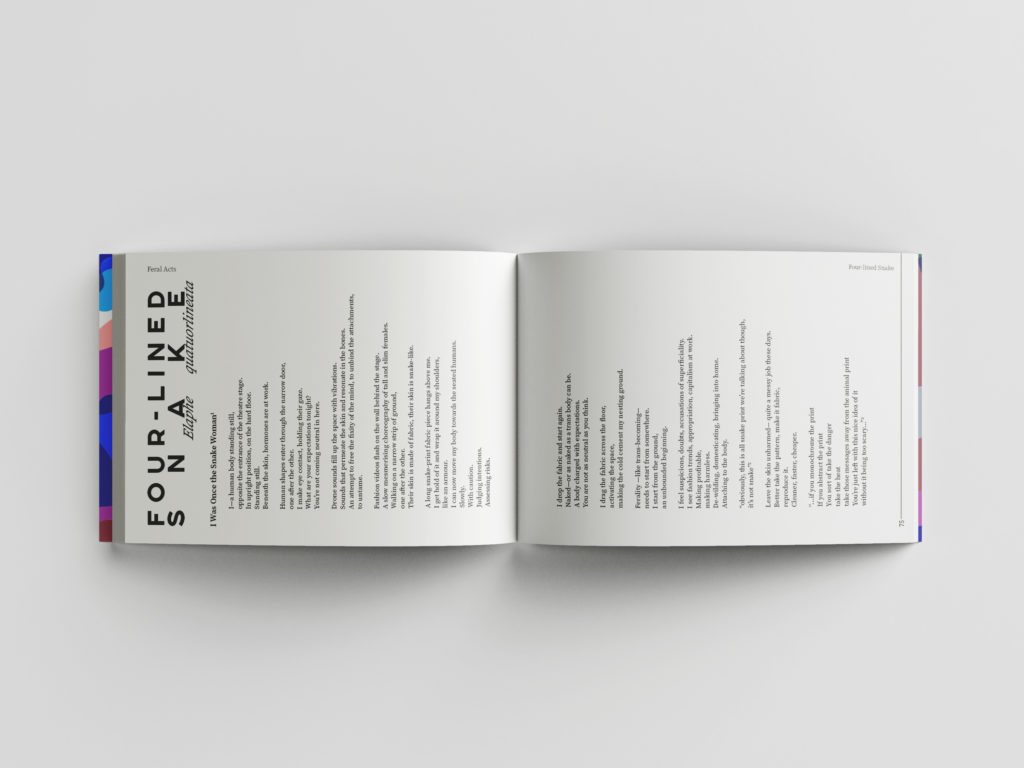
becoming—Feral
Launching 10 November 2021
Through a collection of entries from over 80 international contributors, becoming—Feral curates a prismatic and multifaceted perspective on our understandings of other-animals and their ‘wildness’ through the re-imagined form of a bestiarum vocabulum (book of beasts). In this curated and edited collection poems, scholarly prose, musical composition, ecological research, lyric essays, performance documentation, and visual art sit alongside each other as we propose ferality in four approaches: Feral Relations, Feral Acts, Feral Collectives, and Feral Futures.
becoming—Feral is a creative research publication which aims to investigate the complex relationships between human/other-animals and the shifting categories of wild/feral/domestic, set within landscapes constantly being altered by global transformations of climate and capitalism. We are interested in exploring reciprocal and responsive multispecies reactions to the act of becoming-Feral.
In addition to a print edition, we will be launching a digital companion collection to present multimedia contributions in the form of audio works, video art and photographic essays.
Dimensions: 210mm (w) x 148mm (h) landscape
Pages: xxiv, 231 pages
Artwork: 72 illustration/photographs, 2 figures
ISBN: 978-1-9161283-1-6
Published: 10 November 2021
Publisher: Objet-a Creative Studio
Designer: Objet-a Creative Studio
Cover Artwork: Animal Patterning Project, © Debra Swack
Editorial Team
Artistic Director
Josh Armstrong, Objet-a Creative Studio & Royal Conservatoire of Scotland, GBR
Managing Editors
Alexandra Lakind, University of Wisconsin-Madison, USA
Chessa Adsit-Morris, University of California, Santa Cruz, USA
Rebekka Sæter, Independent Artist & Environmental Educator, NOR
Contributing Editors
Addie Hopes, Emery Jenson, Sabrina Manero
University of Wisconsin-Madison and affiliates at the Center for Culture, History, and Environment
Copyeditor
Gabrielle Kelenyi
Support
becoming—Feral is supported by the Center for Cultural, History and Environment (University of Wisconsin-Madison) through the CHE Research Group, Feral Worlds; and through the Royal Conservatoire of Scotland’s Research & Knowledge Exchange.
Support has also been given through the generosity of Paul Bassett, Ramsey Lofton, and Anonymous.






